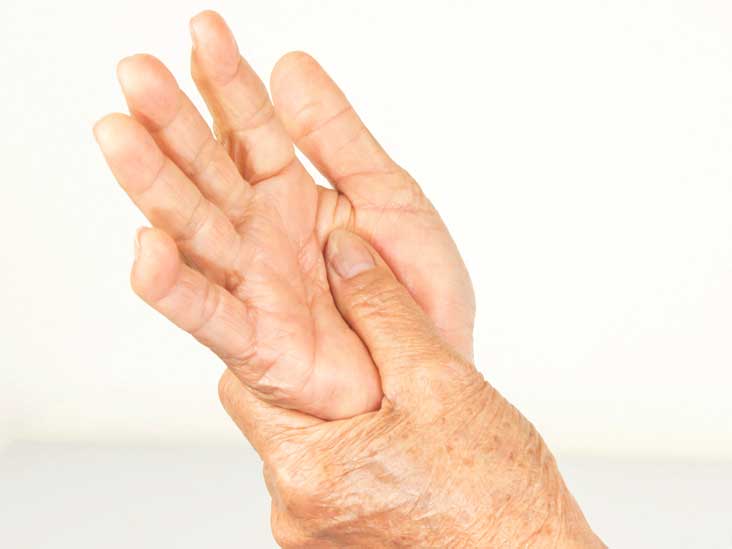BY AMY CAMPBELL, MS, RD, LDN, CDE
PUBLISHED NOVEMBER 27, 2019
A short while ago, we looked at the Mediterranean-style eating pattern as a possibility for people with diabetes. A couple of the great aspects of this eating pattern is that it includes and encourages a wide variety of foods, and it has a decent amount of evidence to support its health benefits.
Another eating pattern that is neck and neck in terms of benefits and evidence is the DASH eating pattern. This eating plan has earned a number of accolades, including the U.S. News and World Report “best overall” diet for 8 years in a row as of 2018 (in 2019, it came in second to the Mediterranean diet).
A brief history
The DASH (Dietary Approaches to Stop Hypertension) diet originated back in the early 1990s when the National Institutes of Health (NIH) funded research to study the effect of dietary interventions for treating hypertension, or high blood pressure, without the use of medication. The DASH study involved 456 people who were assigned to one of three diets to see the effect on blood pressure. The diet that lowered blood pressure the most was the one that included fruits, vegetables, nuts and low-fat dairy foods. It was also lower in fat, saturated fat and cholesterol than the other two diets. All of the diets contained about 3,000 mg of sodium. In fact, the reduction of blood pressure on this diet was comparable to that of people taking medication for stage 1 hypertension, which is a blood pressure of 130 to 139 over 80 to 89 mmHg. And everyone on this diet lowered their blood pressure, whether they had normal or high blood pressure.
This NIH study became a landmark study and the DASH diet was born!
Health benefits of the DASH diet
The DASH eating pattern originated from an interest in how dietary intervention affects blood pressure, and it’s been proven to help lower blood pressure, even without lowering sodium intake. This is important for people who have diabetes to be aware of; the American Diabetes Association reports that 2 out of 3 people with diabetes have high blood pressure or take medication to control blood pressure (for comparison, 1 out of 3 Americans has high blood pressure). This is true of people who have type 1, type 2 or gestational diabetes. The blood pressure goal for most people with diabetes is no higher than 130/80 mmHg; it may be lower for some people, such as those who also have kidney disease (and for this reason, be sure to check with your healthcare provider as to your own blood pressure goal).
High blood pressure can raise the risk of heart disease, stroke, dementia, kidney disease, eye damage and sexual dysfunction.
The DASH eating pattern has been shown to reduce systolic blood pressure (the top number) by 5.5 mmHg and diastolic blood pressure (the bottom number) by 3.0 mmHg. But it has other good things going for it, as well. These include:
- Lower risk of heart disease
- Lower risk of stroke
- Lower total and LDL (“bad”) cholesterol levels
- Lower uric acid levels, a risk factor for gout
- Improved bone strength and lower risk of osteoporosis
- Improved insulin sensitivity, which can help with diabetes management and diabetes prevention
- Lower risk of certain types of cancers, such as breast and colorectal cancers
- Weight control











